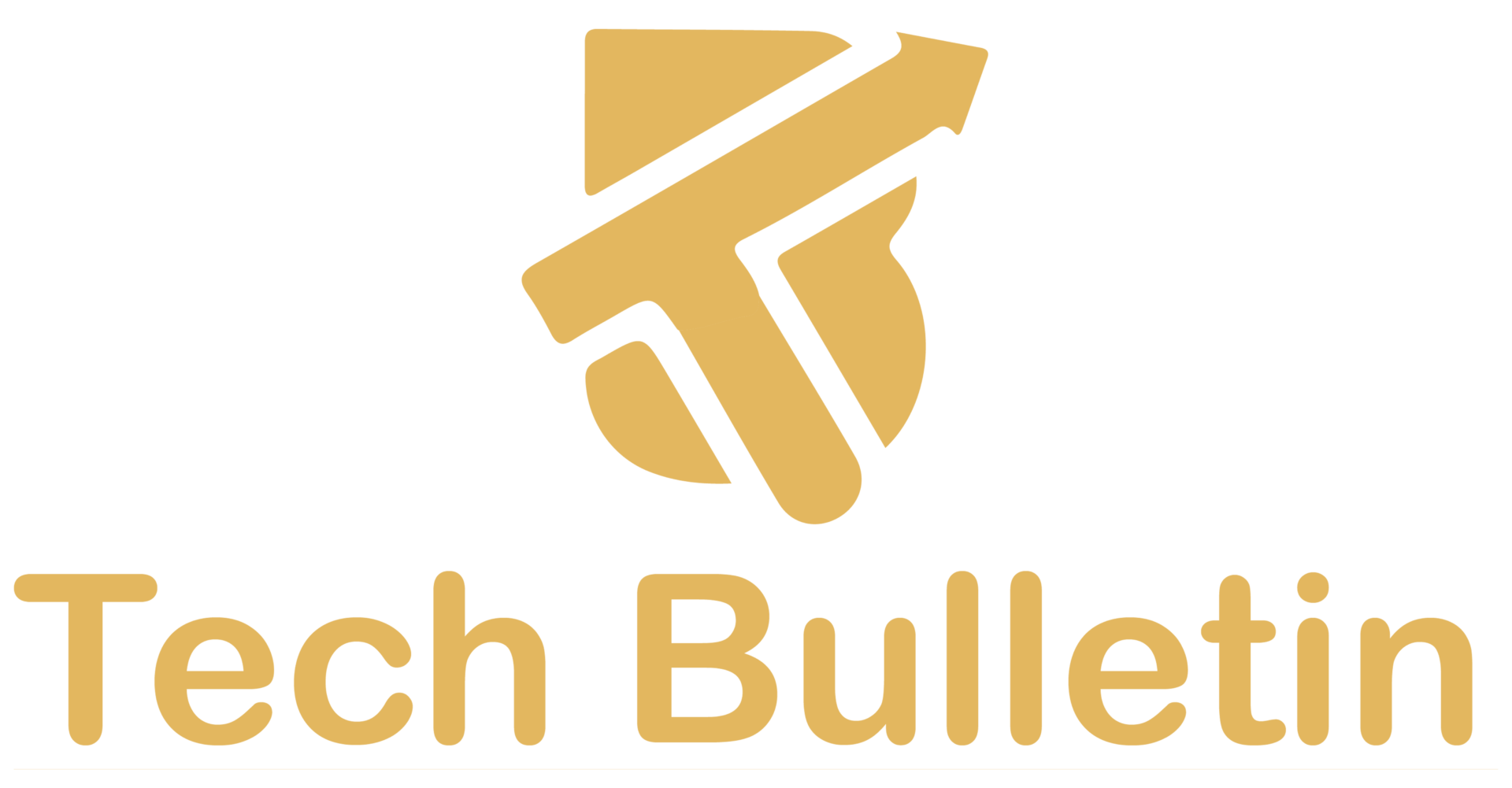Workflow Automation Master Guide: Tools and Benefits

What Is Workflow Automation?
Workflow automation is the practice of using software to streamline tasks, approvals, and processes. Instead of manually repeating routine work, automation tools handle it for you. The result? Fewer mistakes, faster outcomes, and more time for high-value tasks.
Experts often describe workflow automation as a way to “free your brain for strategic thinking.” It’s not about replacing people—it’s about removing repetitive burdens.
Why Workflow Automation Matters Today
The Changing Workplace
Businesses face more pressure than ever to deliver speed and accuracy. According to a McKinsey report, employees spend 60% of their time on repetitive tasks. Automating these workflows cuts that in half.
The Human Side
Have you noticed how draining manual follow-ups can be? Automation ensures things move forward without constant reminders, letting you focus on creative or strategic work.
Key Benefits of Workflow Automation
Boost Productivity
When tasks run automatically, projects move faster. For instance, marketing teams using automation tools see up to 80% faster campaign delivery.
Reduce Errors
Automation reduces human error. Think about payroll or invoice approvals—missing one digit can cost thousands. Tools catch these issues before they happen.
Improve Collaboration
Automation ensures the right information reaches the right person at the right time. No more endless email chains.
Enhance Customer Experience

Automated ticket routing or instant chat replies make customers feel valued. Research shows that 73% of customers expect fast resolutions.
Tools for Workflow Automation
Popular All-in-One Tools
- Zapier – Connects 7,000+ apps and automates workflows without coding.
- Make (Integromat) – Known for flexibility in complex scenarios.
- n8n – Open-source tool for businesses that want full control.
Business-Specific Tools
- Monday.com – Best for project management workflows.
- HubSpot – Ideal for marketing and CRM automation.
- Asana – Strong for team task automation.
Quick Comparison Table
| Tool | Best Use Case | Ease of Use | Pricing Model |
| Zapier | General automation | Easy | Freemium + Paid |
| Make | Complex workflows | Moderate | Pay-per-operation |
| n8n | Developer-focused | Moderate | Open-source/free |
| Monday.com | Project management | Easy | Subscription-based |
| HubSpot | Sales & marketing | Easy | Tiered subscription |
| Asana | Team collaboration | Easy | Free + Premium |
How to Implement Workflow Automation

Step 1: Identify Repetitive Tasks
Start by asking: Which tasks slow me down every week? Common ones include email follow-ups, report generation, or data entry.
Step 2: Choose the Right Tool
Match your goals with the right platform. Need complex data workflows? Choose Make. Want plug-and-play? Try Zapier.
Step 3: Test Small
Automate one workflow at a time. For example, set up automatic email alerts for new leads.
Step 4: Scale Gradually
Once the basics work, expand into HR, finance, or customer service processes.
Pros and Cons of Workflow Automation
Pros
- Saves time and boosts efficiency
- Reduces errors and manual oversight
- Improves communication and collaboration
- Provides a better customer experience
Cons
- Initial setup takes effort.
- Costs can add up with advanced tools.
- Over-automation may reduce human touch.
Case Study: Workflow Automation in Action

A mid-sized IT company adopted Zapier to automate client onboarding. Instead of five employees managing data manually, one automation now collects client details, updates CRM, and sends a welcome email. The company reported saving 20 hours per week and improved customer satisfaction by 40%.
As their CEO put it, “Automation didn’t replace jobs—it gave our team more time to focus on clients.”
FAQs About Workflow Automation
Q1. What is workflow automation in simple terms?
It’s using software to handle repetitive tasks so you can focus on meaningful work.
Q2. Can small businesses benefit from workflow automation?
Yes, even automating invoices or appointment reminders can save hours each week.
Q3. Do I need coding skills to use workflow automation tools?
Not at all. Many tools like Zapier and Asana work with simple drag-and-drop interfaces.
Q4. How much does workflow automation cost?
It depends on the tool. Some start free, while advanced features may cost from $20 to $200 monthly.
Q5. Can automation replace employees?
No. It complements human work by reducing repetitive tasks and letting people focus on strategy.
Q6. Is workflow automation secure?
Most tools follow strict compliance standards, but always check for data privacy policies.
Q7. What are common examples of workflow automation?
Automated email responses, report generation, task assignments, and lead tracking.
Conclusion
Workflow automation helps you save time, reduce mistakes, and improve collaboration. By choosing the right tools and starting small, you can unlock major productivity gains. The best part? You get more time to focus on creative, high-value work.
Also Read: What is Generative AI and How Does It Work?







